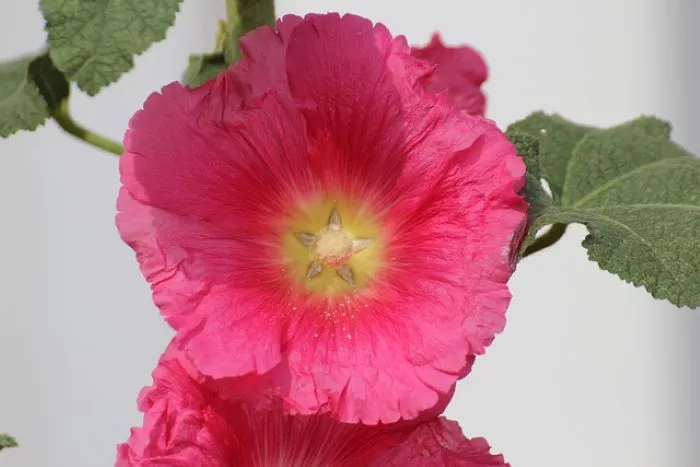The hibiscus flower is a striking and vibrant bloom that holds significant meaning in various cultures around the world. Known for its large size and beautiful colors, the hibiscus is more than just a decorative plant. It symbolizes a range of emotions and concepts, making it a popular choice in art, literature, and personal expression. This article will explore the meanings associated with the hibiscus flower, its cultural significance, and its role in different traditions.
Symbolism of the Hibiscus Flower
The hibiscus flower is often associated with beauty and femininity. Its delicate petals and vibrant colors make it a symbol of grace and charm. In many cultures, the hibiscus is seen as a representation of the feminine spirit. This connection to femininity is particularly strong in regions where the flower is native, such as Hawaii and other tropical areas.
In addition to beauty, the hibiscus flower also symbolizes love and passion. Its bright colors, especially red, are often linked to romantic feelings. Giving a hibiscus flower can convey deep affection and admiration. This makes it a popular choice for romantic gestures, such as weddings, anniversaries, and Valentine’s Day.
Cultural Significance of Hibiscus
The hibiscus flower holds different meanings in various cultures. In Hawaii, the hibiscus is a symbol of hospitality and is often used in leis. When worn behind the ear, the position of the flower can indicate a woman’s relationship status. A flower worn on the left side signifies that she is taken, while a flower on the right side indicates that she is available.
In Chinese culture, the hibiscus flower represents wealth and fame. It is often associated with the idea of prosperity and is used in various decorations and celebrations. The flower’s vibrant appearance is thought to bring good fortune and success.
In the Caribbean, the hibiscus is a symbol of beauty and is often used in traditional ceremonies. The flower is also associated with the Rastafarian movement, where it represents the beauty of nature and the importance of living in harmony with the environment.
Hibiscus in Literature and Art
The hibiscus flower has inspired many artists and writers throughout history. Its striking appearance and rich symbolism make it a popular subject in paintings, poetry, and literature. In many works, the hibiscus is used to convey themes of love, beauty, and the fleeting nature of life.
For instance, the hibiscus often appears in Hawaiian poetry, where it symbolizes the beauty of nature and the connection between people and their environment. In art, the flower is frequently depicted in vibrant colors, capturing its essence and allure.
Hibiscus in Medicine and Health
Beyond its symbolic meanings, the hibiscus flower also has practical uses in medicine. Hibiscus tea, made from the dried petals, is known for its health benefits. It is rich in antioxidants and is believed to help lower blood pressure and improve heart health. In some cultures, the hibiscus is used in traditional medicine to treat various ailments.
The flower’s medicinal properties add another layer to its significance. It represents not only beauty but also health and well-being. This duality makes the hibiscus a powerful symbol in both personal and cultural contexts.
Conclusion
The hibiscus flower is much more than a beautiful bloom. It carries deep meanings and symbolizes various concepts across different cultures. From representing beauty and femininity to love and prosperity, the hibiscus holds a special place in the hearts of many. Its cultural significance, combined with its medicinal uses, makes it a flower of great importance. Whether used in art, literature, or personal expression, the hibiscus flower continues to inspire and convey powerful messages. Understanding its meanings allows us to appreciate the hibiscus not only for its beauty but also for its rich cultural heritage and significance.


